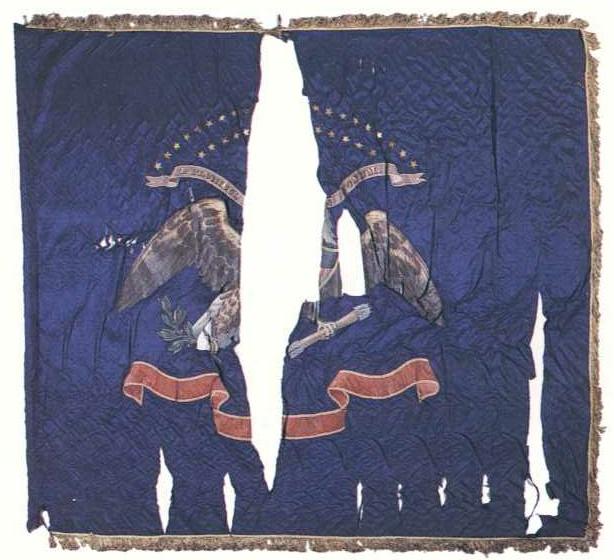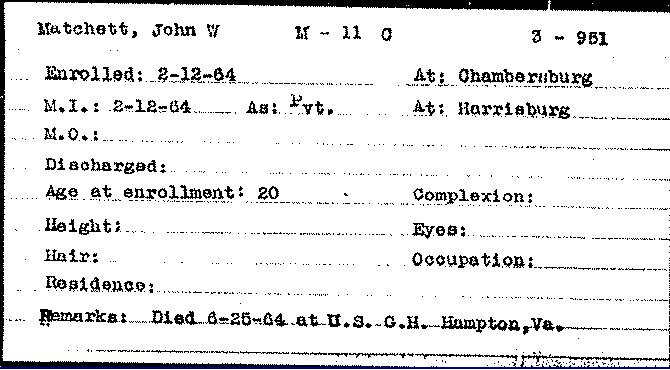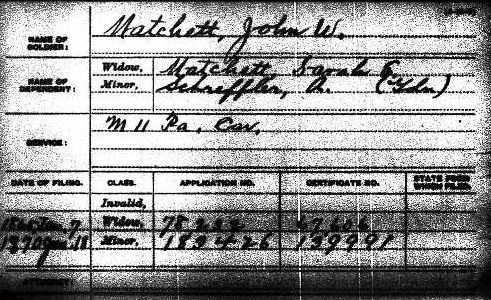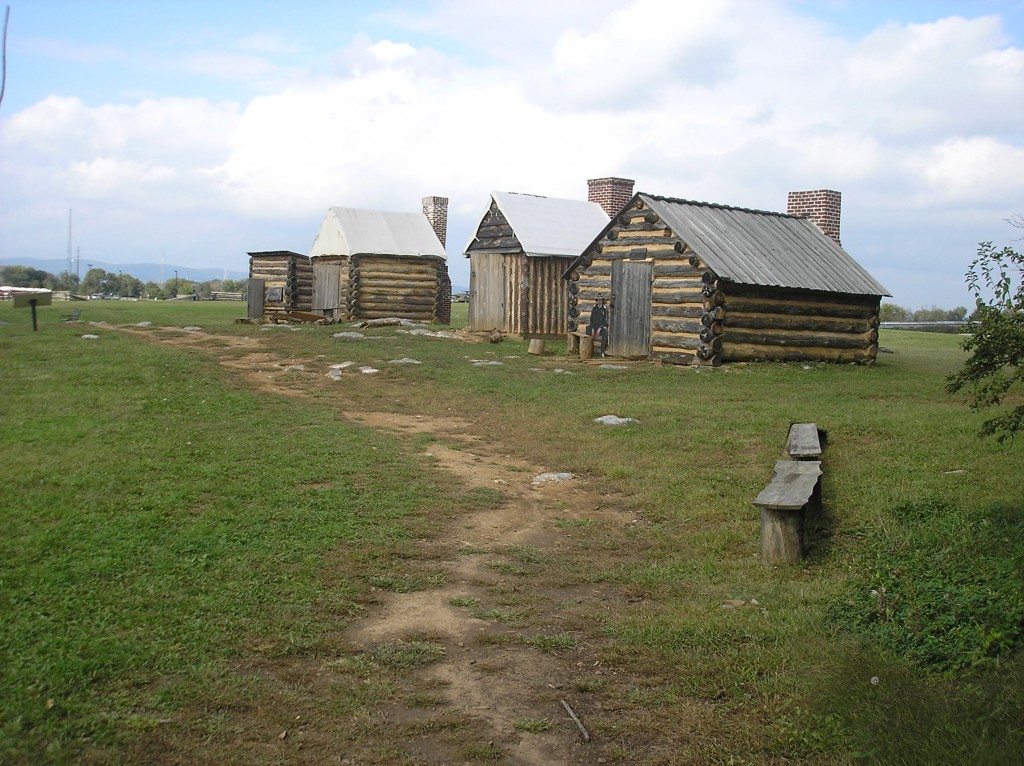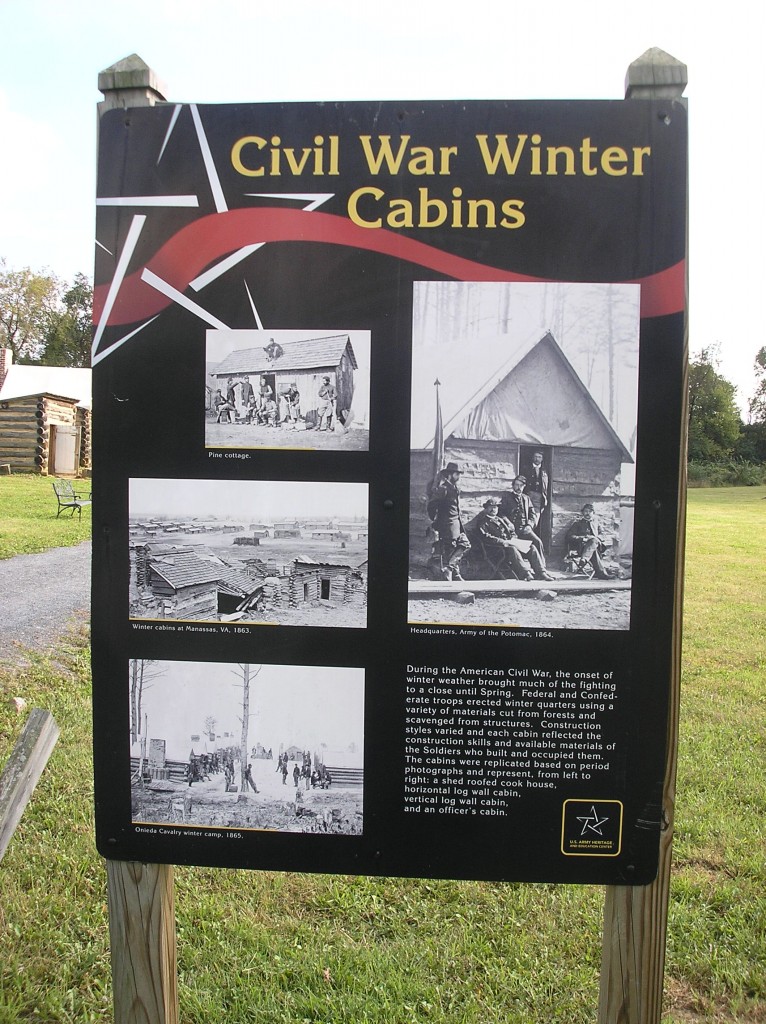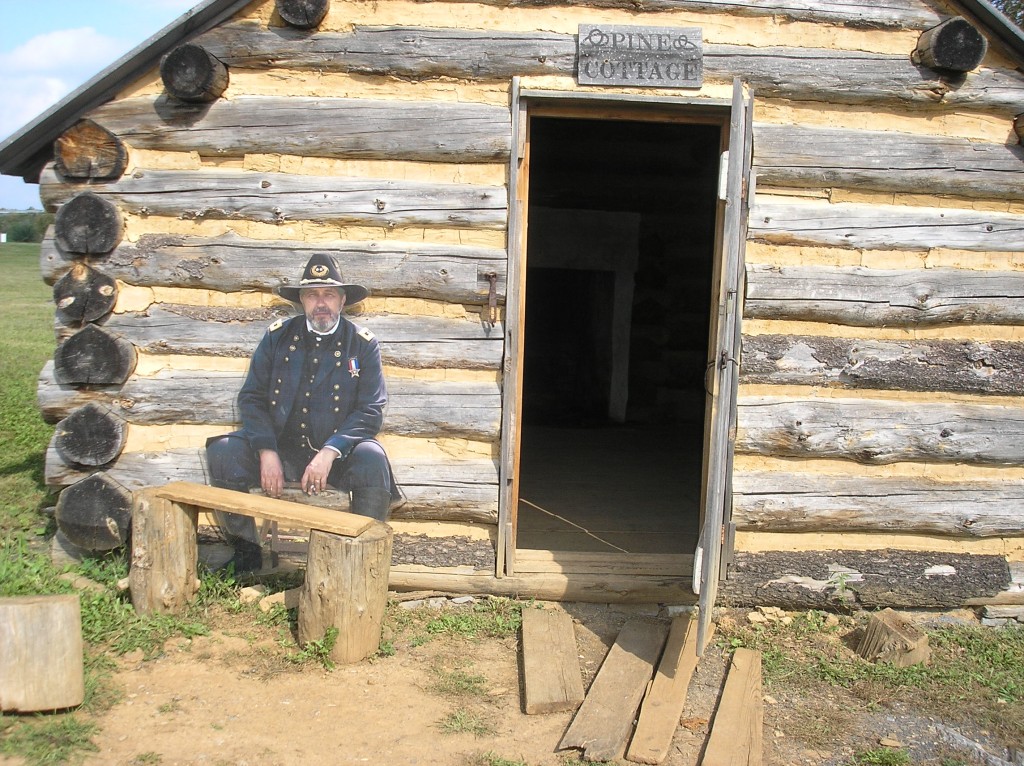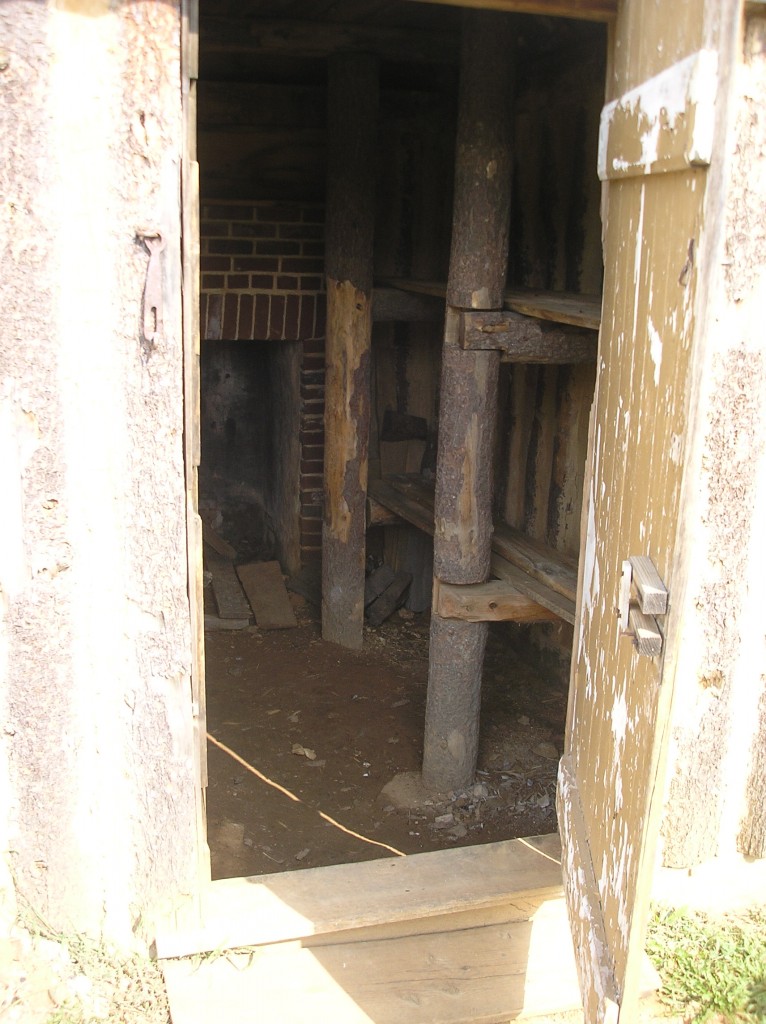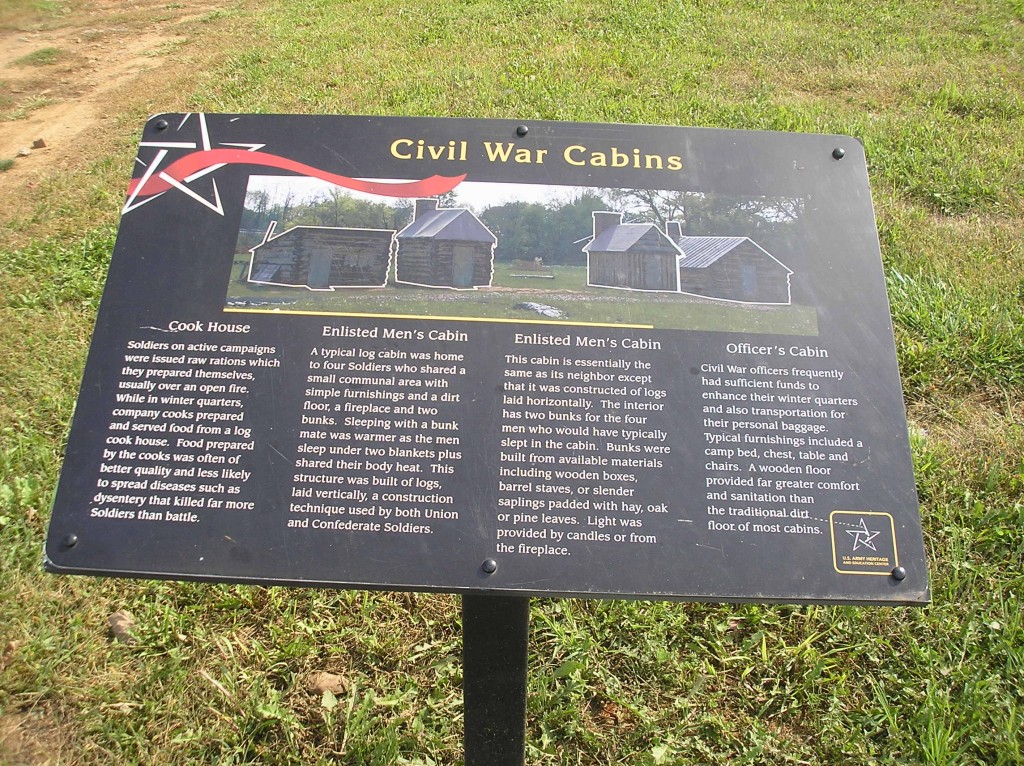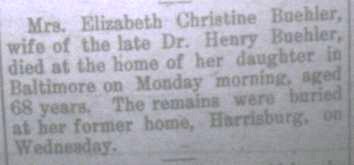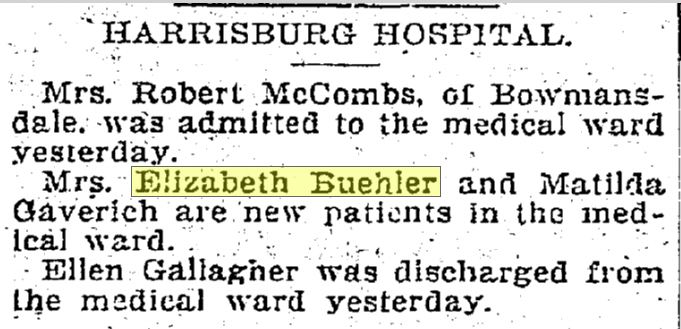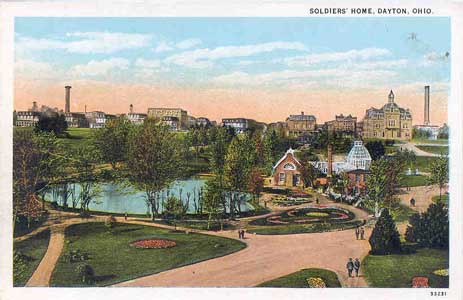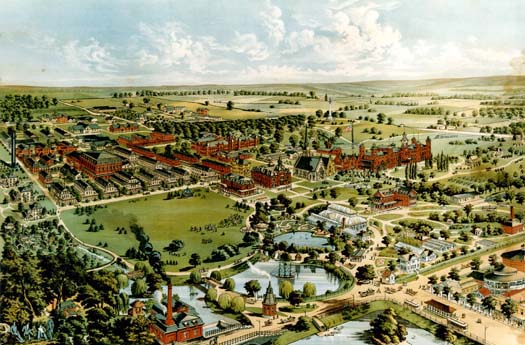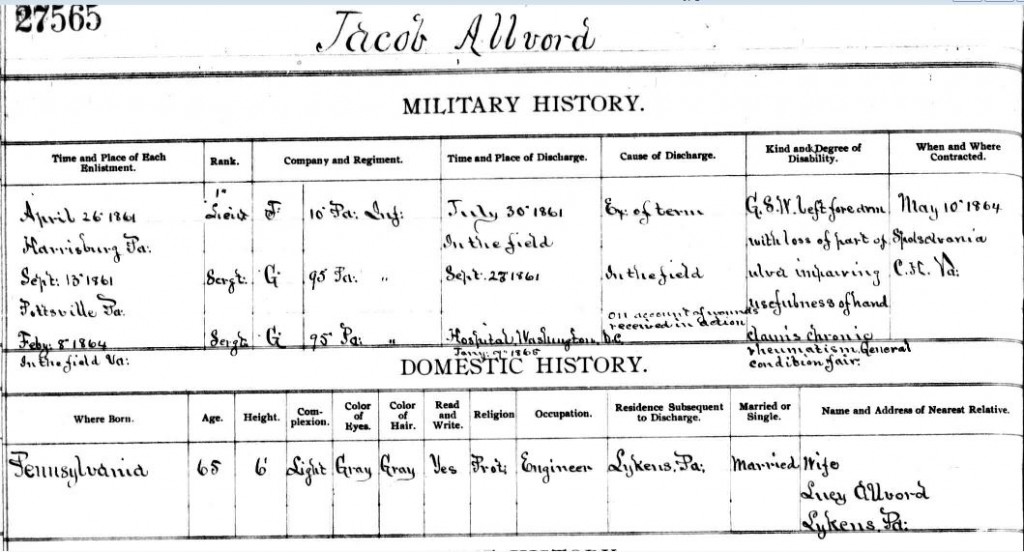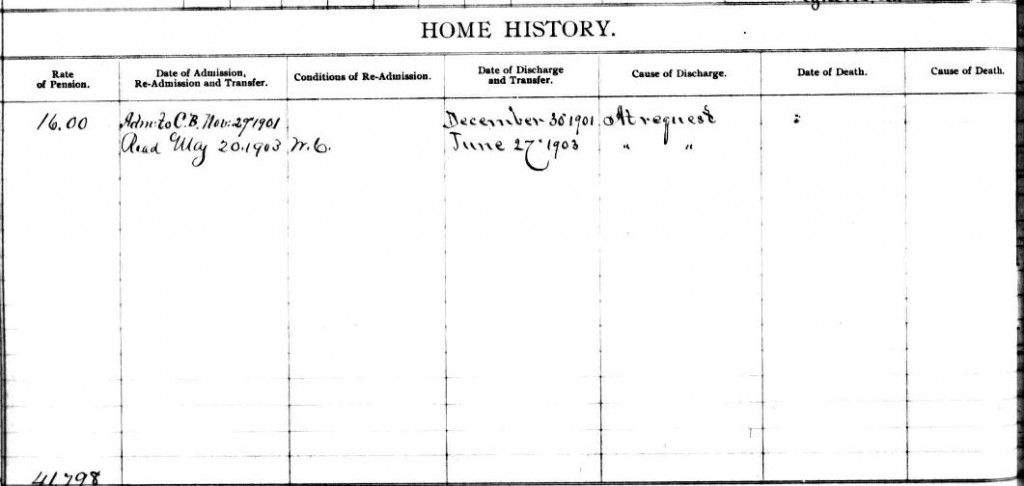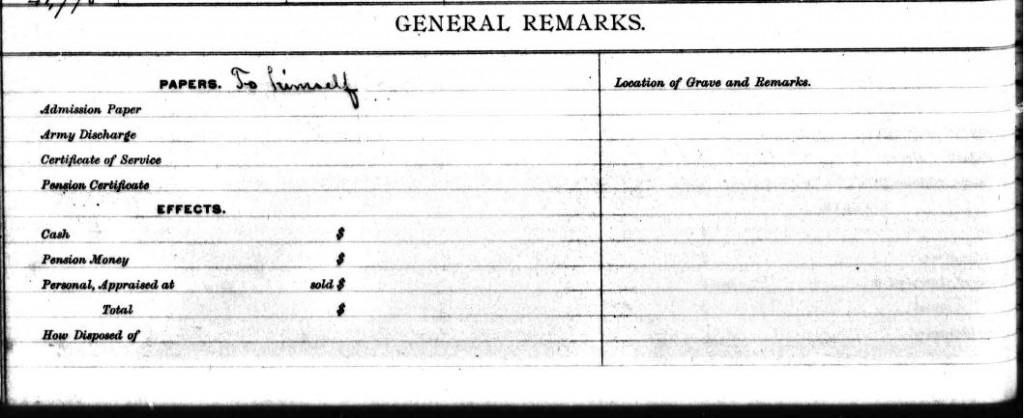Posted By Norman Gasbarro on May 10, 2012
As a result of some recent correspondence with a fellow researcher regarding the post that appeared here on this blog 9 February 2012 (See: Pennsylvania Regimental Designations – Naming and Numbering), it is appropriate to take a second look at some of the generalizations that were made in that post as well as the factual accuracy of some of the statements that were made about how the early regiments were formed – specifically, the 26th Pennsylvania Infantry. In addition, an on-going controversy related to the numbering of the regiments will be further explored, i.e., the confusion caused by the use of the same numbers for the regular state regiments that were sent into national services and the local militia companies that were called into state service during the emergency periods. In order to provide as accurately as possible the main points made by the fellow researcher, the discussion of the issues, as it took place, is presented here with minimal, necessary editing. As always, reader comments are invited.
The Researcher Writes (24 April 2012):
I’d like to comment on your blog of Feb. 9, 2012. You made the statement that Regiments 1-29 were signed up for 90 days, but that is wrong. The 26th Pennsylvania was the first 3-year Regiment mustered from the state. The 26th , 27th , 28th & 29th Pennsylvania were all three year regiments. In addition a number of the regiments were re-numbered – perhaps in order to keep the Pennsylvania Reserves in sequential numbers – I’m not sure of the reason. For instance the 74th was originally organized as the 35th, the 81st Pennsylvania was originally the 36th Pennsylvania, the 82nd was originally the 31st & the 99th Pennsylvania was recruited as the 32nd Regiment…. [Note: An article from the Philadelphia Inquirer, 18 September 1861, entitled “Lincoln Legion, Thirty-Second Infantry Regiment” was attached].
The Blogger Responds (24 April 2012):
From what I have been able to determine, the first 29 numbers were originally called up for 90 days in answer to President Lincoln’s call for 90 day volunteers. When Congress met in July, it authorized three year regiments. At the time of the July authorization, I believe the 26th had already mustered in as a 90 day regiment and they chose to re-enlist as a three year regiment keeping their old number – at least that’s what the Camp Curtin history says. The 11th and 23rd and the 28th & 29th were also involved in the re-enlistment, so I’d have to do some checking to see on what date each one became a 3-year regiment – and which was actually the first. I could be wrong on the original designation (3 month vs. 3 years), but the muster dates for the members of the 26th fall in the month of May – at a time when there was no Congressional authorization for 3 year service.
The Camp Curtin history also states that the quota for Pennsylvania was 29 regiments (each for 3 months) – and once that number was obtained, the extras were organized into “reserve” units. They continued the numbering designation starting with 30 and ending at 44 but gave each of those a second number – a reserve number – which was supposed to be the order in which they would be called up. If you ended up in the 32nd infantry, you would actually be in the 3rd reserve unit to be called up.
The 32nd went into service as the 3rd Pennsylvania Reserve Corps, but for searching purposes on my blog, I refer to them as the 32nd.
The Inquirer ad is actually recruiting for the 99th Pennsylvania Infantry as you have indicated….
To make matters more confusing, the emergency state militia were given the same numbers as the 3-year regiments that went into national service.
Can you suggest something I can add to the post that will help clarity all this?
The Researcher Responds (25 April 2012):
I am not familiar with the history of Camp Curtain, but I am well versed on the 26th Pennsylvania. It was never mustered for 90 days and was never at Camp Curtain. The colonel, William F. Small was earlier in command of the Washington Brigade, a group of militia regiments that organized and were accepted for service and called to Washington. On the way they became embroiled in the Baltimore rRiots in April 1861. According to Bates, there weren’t many of these volunteers that stayed, but some provided the foundation for both the 26th & 27th Pennsylvania – both organized as 3 year regiments. The 26th was mustered in late May – June 1st and on their way to Washington by mid June. Curtain changed the official date of the Regiment’s muster to May 5th to give the 26th the honor of being the first 3-year regiment from Pennsylvania.
I do not know when Congress authorized 3-year regiments, but Lincoln authorized them in April 1861. [An article from the Philadelphia Inquirer, 7 May 1861, entitled “The Law Regulating Volunteers,” was attached here and was the text of a letter from the War Department to Gov. Curtin. Also another article from the Philadelphia Inquirer, 15 May 1861, entitled “The Requisition of Three Years’ Volunteers,” noted that the Pennsylvania quota was ten regiments].
I don’t know when the history of Camp Curtain was written, but there are obviously some inaccuracies. The 11th & 23rd were re-mustered as 3-year regiments, but I am pretty sure that the 26th – 29th were all organized as three-year regiments. Bates mentions them being organized for 3-years in his write-up of each regiment, as do recruiting ads in the period papers. As I mentioned in my earlier note, the designation of some of the regiments were changed, but I do not have proof of the reason, but believe it had to do with the numbering of the Pennsylvania Reserves, as the numbers that were changed, all seem to be numbers that were later assigned to the Pennsylvania Reserves. I believe this was done in early 1862, but not positive. However, I do know there are early documents relating to those regiments that were changed, such as the 81st Pennsylvania that has the 36th Pennsylvania designation on them.
As for the blog re: the 90-day vs. 3-year regiments, I think it needs a correction with the information from the paper mentioned. Perhaps also a note mentioning the regiments that were re-numbered & the reason (if that can be determined) might also be a good idea. I agree with you that for research purposes, it is prudent for people to be aware that the Pennsylvania Reserves can be referred to under a variety of names such as the 13th Pennsylvania Reserves, 1st Pennsylvania Rifles, or 42nd Pennsylvania all being names for the same regiment. At the National Archives, the service and pension records for the Reserves are filed under their number designation, but in other sources, like newspapers, they are referred to under a variety of names. It might be helpful for researchers to know that in many early accounts, they are referred to under the commander’s name, such as Small’s Regiment or Geary’s Regiment, or under their “nickname” such as the Jackson Regiment (29th Pennsylvania) or the Fire Zouaves (72nd Pennsylvania)….
The Blogger Replies (25 April 2012):
It’s clear to me now from what you have presented that in an attempt to simplify the explanation of the numbering system and the manner in which the regiments were formed in Pennsylvania, the Camp Curtin history may have generalized a bit too much. The book I’m referring to is Civil War Harrisburg: A Guide to Capital Area Sites, Incidents and Personalities, edited by Lawrence E. Keener-Farley and James E. Schmick, published by the Camp Curtin Historical Society, revised edition 2011. The paragraphs in which they explain the “numbering” are on page 95:
“The first 29 regiments from Pennsylvania were part of President Lincoln’s initial call for ninety-day volunteers. He called for this length of service not because he thought it would be a short war but because under federal law that was the maximum time that the president could call state troops into federal service without an act of Congress. Amazingly, Congress was not in session during the spring and summer of 1861, despite the fact that the nation was going through a secession crisis, Fort Sumter was fired upon, and both sides were preparing for war. Congress would not meet until July, when it authorized three-year regiments. Thus, most of these first regiments went out of existence as their nine-day term expired in late July and early August 1861. Six of the regiments, however, were immediately re-enlisted as three year units and were allowed to retain their “old” numbers as a badge of honor for being the first to volunteer (the 11th, 23rd, 26th, 27th, 28th and 29th Pennsylvania Volunteers).
“Once Pennsylvania made its initial quota of 29 regiments for the first call of troops, Governor Andrew Curtin realized that he had more volunteers than needed….”
The authors then went into a discussion of the reserve numbering, but don’t explain why the 32nd was changed to the 99th, etc. They simply state that it was the Pennsylvania Legislature that created the reserves.
Unfortunately, none of the information given is sourced with end notes, but Bates is found in a bibliography at the end of the book.
My “fact checking” was limited to checking the muster dates, and when I found the May dates for the 26th, it made sense to me that they were initially mustered as “90 day” regiments which “re-enlisted” as “3-year” regiments.
The questions then become who was authorized to create a “3-year” regiment, under what law, and when was that law in effect? Are we talking about state law or federal law? I didn’t seek the answers to any of those questions, because I assumed that what the authors were saying made sense based on my general knowledge of the recruitment of volunteers in the early days of the war. I considered the issue of supplying and paying the troops who were recruited for three years, because if it was to be done by the federal government, that could only be authorized by an act of Congress – which supposedly did not occur until July.
In The Training of an Army: Camp Curtin and the North’s Civil War by William Miller (Shippensburg, PA: White Mane Publishing, 1990), it is stated that Lincoln asked Pennsylvania for 14 regiments, but Pennsylvania sent 25 (p. iv). Miller also provides a list of all known regiments that were mustered in or mustered out at Camp Curtin – the 26th is not included as you have correctly noted (p. 249)….
The numbering and naming of Pennsylvania regiments has created the most confusion of any issue related to the service of the men from the geographic area I’m researching…. The 36th Pennsylvania (Emergency of 1863), Company C, which in the case of the soldiers I’m researching was actually a state emergency militia and not the reserve regiment that was “federalized.” While they were technically called “infantry,” I have received strong objections from descendants of those who served in the “federalized” 36th for referring to them as “infantry” as well as even using the designation of “36th Pennsylvania.” Of course you are aware of the 26th Emergency which has the same confusion associated with it – and on the Pennsylvania Memorial at Gettysburg, has two tablets of names….
The Researcher Responds (25 April 2012):
Thanks for the info from the book. It definitely has some errors, which is surprising as they are facts that were easy to check by looking at Bates. As for the number of regiments originally called for…Miller’s book is closer to the actual number. These articles from the Inquirer mention Lincoln calling for 16 Regiments from Pennsylvania and I think Curtin did accept 25 regiments with Small’s being the 26th. It’s interesting to read that Virginia was assigned 3 regiments. [Inserted here were articles from the Philadelphia Inquirer, 16 April 1861, entitled, “Requisitions for Volunteers: Sixteen Regiments from Pennsylvania,” and 24 April 1861, entitled, “Pennsylvania Quota Filled.”
With more resources online, it’s easier to access more info, but… it’s important to get it right.
I have to agree with the people who complain when the Emergency Militia Regiments are referred to as the Pennsylvania Infantry – as if they are the same regiment…. The fact is they weren’t the same & the one month’s service of the 26th Emergency Militia is nothing compared with the trials of the 3-year enlistment that the soldiers of the 26th PVI endured. I have no problem with them being referred to as Militia Infantry but definitely think historians should be sure to assign the correct term to the regiment so researchers & future generations know that there was an important difference in their sacrifice….
The Blogger’s Response (25 April 2012):
One of the things that we have to consider in determining which information is correct in regard to the formation of these regiments is what the states could do (legally) vs. what the federal government could do (legally). There was a tension that existed and there wasn’t general agreement. If the Congress didn’t meet until July to approve 3-year call-ups, that wouldn’t have stopped the states from offering regiments for 3-years, or having their state legislatures approve them (and approve their supply and payment). Lincoln was limited by federal law in doing certain things in regard to the war, but he did things anyway – thus establishing precedent and also strengthening the power of the federal government over the states. Gov. Curtin was very pro-Union and was well aware of the possibility of invasion. We may have different scenarios in other states. I think the regiments that you refer to from Virginia were actually from West Virginia, which was later admitted as a new state despite the fact that it was part of another state that Lincoln wouldn’t admit had seceded.
As far as the naming of the emergency regiments, it is regrettable that Pennsylvania chose to use the same numbers as the regular infantry regiments. I agree that the experience was different, that the emergency militia were never in U.S. service (only state service) and the official time period of service was much less. But the men themselves made little distinction in the period after the war. I’ve also found no discrimination in the G.A.R. – they were veterans regardless of what type of regiment they served in. I’ve found numerous cases where the veteran used the wrong term to describe his own service and even where the obituaries refer to the regiments the wrong way…. Then there’s the issue of the Pension Index Cards, the 1890 Veterans’ Census, gravestones monuments, etc.…. all of which have examples of referring to the militia as infantry – or making no distinction. The articles you supplied also make little distinction and seem to use the term “militia” and “infantry” interchangeably…. Finally, I have a number of files on veterans of the emergency militia who re-enlisted in regular regiments after they were discharged… so the militia ended up as “basic training” for their later service. My preference, after more than a year in dealing with this, is to call them all “infantry” but add the dates of service as well as either “militia” or “emergency” or both to the designation. Regardless, there will still be those who will be confused, or who disagree.
The Researcher Replies (27 April 2012):
While the “official” approval of the 3-year regiments may have happened in July, you cannot deny what actually happened – regiments were organized & mustered in for three years and left for Washington or other sites long before July. I can show you similar calls to organize 3-year regiments in New Hampshire, Connecticut, Ohio, New York, Massachusetts, etc. – all in May.
As for the veterans not discriminating against the Emergency troops or even against the 90-day troops…I agree, there doesn’t seem to be a distinction as far as when it came to the G.A.R., but considering the immense pride the veterans had in their Regiments, I doubt they would have stood there and had someone say they served in a particular regiment when they didn’t. The fact remains – they were different regiments. Its like saying the 26th Infantry without further clarification, it could be the 26th New York, 26th Connecticut, 26th Michigan or the 26th U.S. I have not found accounts where the veteran himself refers to the wrong regiment, but have seen it in accounts written by newspapers, historical societies, and in obituaries – written by family members, who may have not known the difference. I see no problem in referring to them as ‘infantry’ – not sure why people object to that, as they fit the definition of infantry, but agree the distinction of Militia or Emergency needs to be attached to it.
Another researcher comments on the numbering of the reserve regiments (27 April 2012):
The Reserves were mustered in initially as state regiments (numbering 1st thru 15th Pennsylvania Reserves) – this was the idea until the Federal Government requested them after 1st Bull Run. When they were mustered into service under the Federal Government, they were organized as the 30th Pennsylvania Volunteers thru the 44th Pennsylvania Volunteers. Apparently when this happened the State wasn’t aware of this, and by the time they caught on, they realized the Federal Government had already used the numbers “30th – 44th Pennsylvania” and therefore had to change the numbers of the latter regiments to different numbers, for instance the 33rd PVI became the 61st Pennsylvania and the 36th Pennsylvania the 81st Pennsylvania.
Reader comments are invited to continue this discussion. A separate post entitled, “In Defense of the Militia,” will appear next Friday. It is based on specific knowledge of the Gratztown Militia (Home Guard) and its service prior to and during the war.
Category: Reflections, Research, Resources |
1 Comment »
Tags: Abraham Lincoln, Andrew Curtin, G.A.R., Regiments
 ;
;
